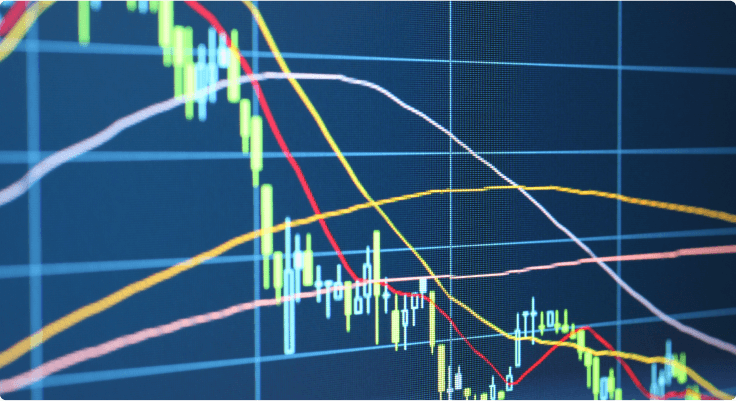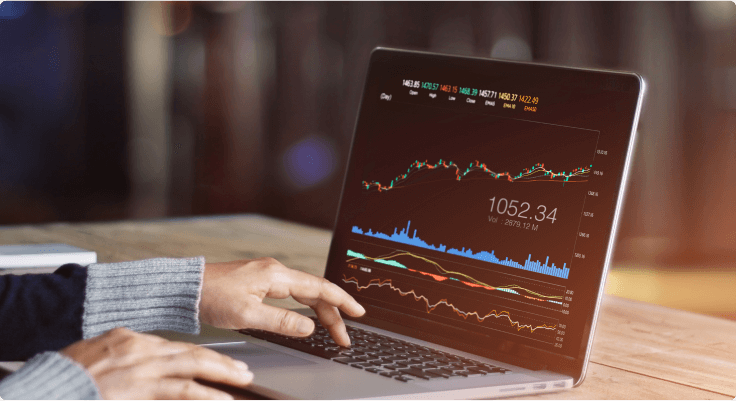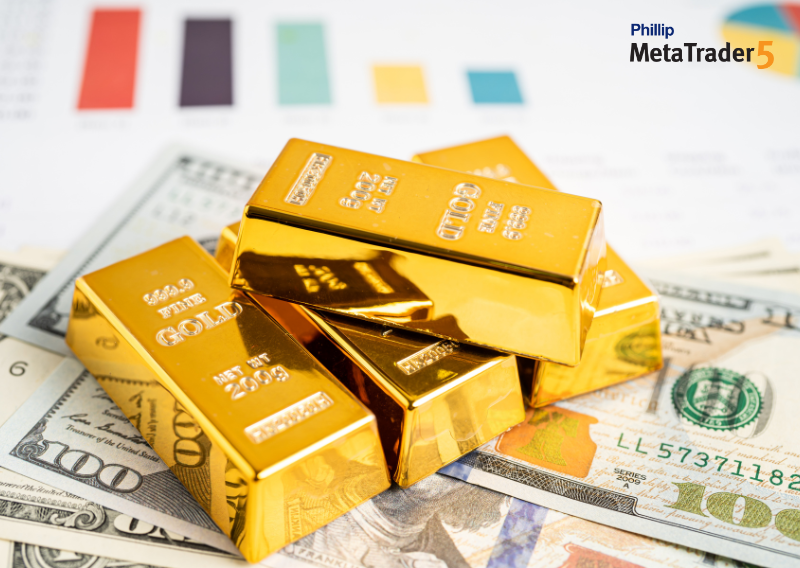Note: We feel that understanding XRP requires some understanding of the company Ripple and its relationship to XRP as well, as we will go into detail below.
1. Ripple is not XRP
Ripple is a software solutions company that sells payment software to financial institutions, while also providing currency exchange and remittance solutions. The company started out in 2012 as OpenCoin, before renaming themselves to Ripple Labs and then just Ripple in 2015. Their main product is the RippleNet, a global payments network that promises fast and cheap international payments.
Ripple is distinct and separate fromXRP. For clarity, Ripple has declared that they do not own or control the XRP Ledger.
2. What is XRP?
XRP is a digital currency that was created in 2004 by Ryan Fugger, a Vancouver-based software developer. In 2012, Ryan handed over control of XRP to Jed McCaleb and Chris Larsen, who then founded OpenCoin (as mentioned above) with Arthur Britto.
XRP’s main use is to facilitate transactions on RippleNet. XRP acts as a bridge between fiat currencies (such as the US Dollar), allowing people to send money digitally at high speeds, with low costs. XRP can process transactions in seconds as compared to Bitcoin (minutes) and can handle higher transaction volumes as well.
3. Transactions on the RippleNet are incredibly fast and cheap
Transactions on the RippleNet take around 3 to 5 seconds on average to process, making it faster than Bitcoin, Ethereum, and Litecoin. Transactions are priced at 0.00001XRP per transaction. Also, that amount in XRP tokens is “burned” after being deducted from the overall transaction value, and never added back into the pool of circulating XRP. Therefore in theory, XRP has a finite, deflating supply.
4. XRP is “pre-mined”, and no new XRP will be created
100 billion XRP was created at the beginning of the token’s existence, in contrast with Bitcoin, Ethereum, and Litecoin, where new tokens are being minted regularly as new blocks are added to the blockchain.
However, most XRP is locked away from circulation, with only 45 billion XRP in circulation today, and most of the rest being locked away by Ripple.
5. XRP tokens are however not “cheaper” than most other cryptocurrencies
A common perception is that at under $1 per XRP token, XRP is cheap as compared to BTC, ETH and LTC. However, when taking into account the volume of XRP in circulation, XRP has actually been consistently placed in the top 10 largest cryptocurrencies, ahead of LTC.
Example: Litecoin has a circulation of 66 million LTC at a price of around $200 each (market cap of $12B). For comparison, the 45 billion XRP in circulation at a price of around $0.55 per token (market cap of $26B).
As of March 2021, XRP’s price has been trading around $0.55, giving it a market capitalisation of $27B, placing it 7th among all cryptocurrencies. From this perspective, XRP should be seen as “more expensive” than Litecoin, which is currently 10th by market capitalisation.
Now moving on to aspects of Ripple that investors should know about:
6. Ripple still holds over half of all XRP tokens in existence
When Ripple’s founders acquired 100 billion XRP tokens as mentioned previously, they were distributed as follows:
- Ripple (Company): 80 billion XRP
- Jed McCaleb (Founder): 9 billion
- Chris Larsen (Founder): 7 billion
- Arthur Britto (Founder): 4 billion
Ripple has sold around 25 billion XRP since 2012, while keeping the remaining 55 billion in escrow. The action to lock up the bulk of the tokens was taken in 2017 to boost confidence amongst XRP holders that Ripple – with its large supply of XRP, would not dump its tokens onto the market, causing a rout in its price.
Overall, Ripple believes that holding XRP tokens incentivises the company to improve on the payment solutions
Jed McCaleb regularly sells his XRP holdings, and currently holds around 480 million XRP. On the other hand, Chris Larsen still owns around 5 billion XRP.
5. Up to 1 billion XRP is released into the market every month
A maximum of 1 billion tokens are regularly released for sale by the company on a monthly basis. The company publishes quarterly “XRP Markets Reports” that detail the monthly volume of XRP tokens that are removed from escrow, at what price the tokens are sold at, what the funds are used for, and how many tokens are put back into escrow.
5. Ripple is funded in part by the regular sale of XRP tokens they own
The company has publicly suggested that they are using the proceeds of the sales from these tokens to fund their operations and turn a profit at the same time, without which they would be potentially loss-making. This has been a source of criticism and continues to be a major point of contention potentially holding back major institutional investment and usage of the RippleNet.
6. Ripple pays clients in XRP to use RippleNet
Ripple has announced partnerships with “over 200” financial institutions worldwide, using a variety of Ripple’s solutions. The CEO himself has often declared that the volume of transactions Ripple handles are growing at “100%” per quarter. Detailed transaction information has however, never been released.
When directly questioned in 2019 if companies were receiving incentives to sign up with Ripple, their CEO Brad Garlinghouse stated that “it depends upon the shape and size and type and how high a priority” they are.
In early-2020, it was discovered that Ripple’s high-profile partnership with global remittance company MoneyGram saw Ripple actually deliver regular payments to the Nasdaq-listed company, amounting to $11.3M across H22019.
Across their partnership, MoneyGram has received over $60M in XRP as “market development fees” from Ripple since 2018. These payments were made in XRP, and were given as “market development fees”, as compensation to MoneyGram for “developing and bringing liquidity to foreign exchange markets”.
As of March 2021, MoneyGram announced an end to the partnership citing Ripple’s ongoing litigation with the Securities and Exchange Commission (SEC).
7. XRP’s de-centralisation is debatable
Ripple uses its own method of validating transactions, the “Ripple Protocol Consensus Algorithm” (RPCA), as opposed to the “proof-of-work” used by high-profile cryptocurrencies such as Bitcoin (also known as Bitcoin mining).
Out of around 1’000 validators on the RPCA, Ripple selects a list of around 36 validators – the “Unique Node List” (UNL) that act as the final arbitrators to finalise transactions. Ripple specifies UNLs as validators that participants believe will not act to defraud them. The current list of criteria to get on the UNL is however currently unspecified. All in all, UNLs are the unique element that allows XRP to process transactions very quickly and cheaply as validators are centralised as compared to other cryptocurrencies.
Notably however, since the launch of the Ripple Ledger in 2012, there have been few instances where a validator outside of the default UNL has made it to this list, although Ripple now directly controls a smaller proportion of the network with 6 nodes (about 16% of the total network). This percentage has dropped steadily over the years, as Ripple aims to further de-centralise XRP.












